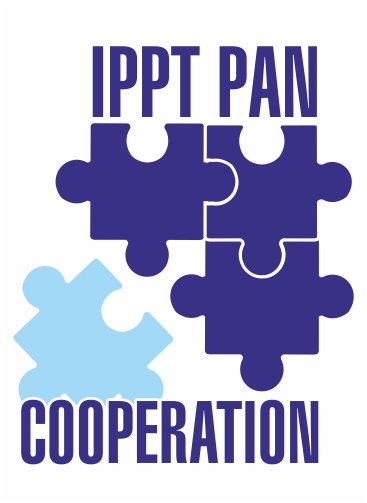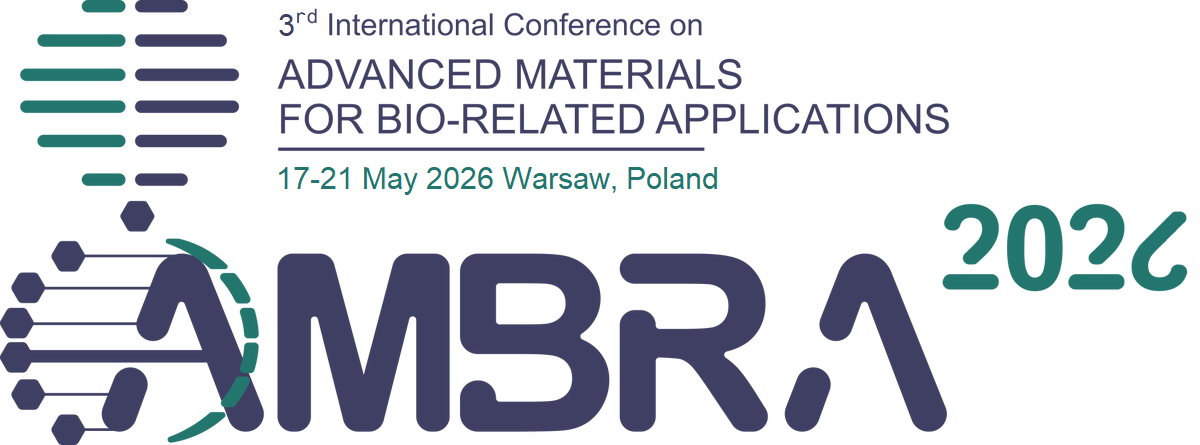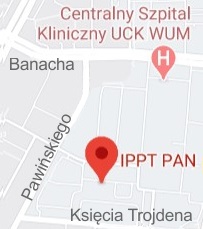| 1. |
Bernard T.♦, Mikułowski G., Szara T.♦, Dołasiński M.♦, Jasiński T.♦, Domino M.♦, Aspect-related mechanical properties of the cortical bone in the third metacarpal bone of mares,
Applied Sciences, ISSN: 2076-3417, DOI: 10.3390/app15031593, Vol.15, No.1593, pp.---, 2025 Abstract:
Complete fractures of the third metacarpal bone (MC III) diaphysis pose a significant
clinical challenge, prompting advanced veterinary medicine to utilize constitutive and
biomechanical modeling to better understand bone behavior. This study aims to compare
the elastic modulus of the MC III cortical bone, supported by measurements of cortical
bone thickness and relative density, across the dorsal, lateral, medial, and palmar aspects of
the MC III, as well as to evaluate the cortical bone’s response to compressive forces applied
in different directions. Given the bone structure can exhibit sex-related differences, MC III
bones were isolated from six equine cadaver limbs collected exclusively from mares and
imaged using computed tomography (CT) to measure thickness and density. Cortical bone
samples were collected from the four aspects of the MC III and subjected to mechanical
testing followed by the elastic modulus calculation. Bone thickness and elastic modulus
varied across the MC III aspects. Thinner cortical bone on the palmar aspect coincided with
a lower sample reaction force-based elastic modulus in the externo-internal direction and a
lower axial compression force elastic modulus in the proximo-distal direction. Regardless
of the MC III aspect, the cortical bone demonstrated greater resistance to compressive forces
when loaded in the vertical plane than in the horizontal plane. The returning of different
values in mechanical tests depending on the direction of loading may be attributed to
the anisotropic behavior of the cortical bone, which may implicate the increased risk of
complete fractures of the MC III diaphysis due to a kick from another horse or a fall, rather
than from training or competition-related overload. Keywords:
bone thickness, mechanical test, copression, bending, elastic modulus, equine Affiliations:
| Bernard T. | - | other affiliation | | Mikułowski G. | - | IPPT PAN | | Szara T. | - | other affiliation | | Dołasiński M. | - | other affiliation | | Jasiński T. | - | other affiliation | | Domino M. | - | other affiliation |
|  |
















